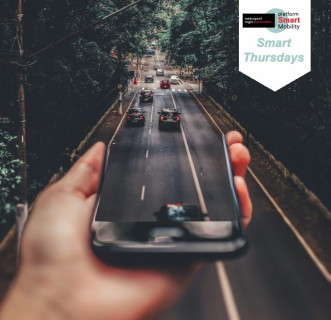Bij het vormgeven van nieuw mobiliteitsbeleid wordt er vooral gedacht aan regelingen en voorzieningen. Er is steeds meer mogelijk door de komst van innovatieve mobiliteitsconcepten zoals MaaS. Echter als je geen aandacht besteed aan gedrag en draagvlak laat je als werkgever kansen liggen om de gehele potentie van nieuw mobiliteitsbeleid te benutten. Sterker nog: Met alleen aandacht voor regelingen en voorzieningen zullen werknemers maar marginaal ander reisgedrag vertonen. Reisgedrag is namelijk gewoontegedrag en moeilijk te veranderen. In deze masterclass geven we 5 concrete en praktische gedragstips om tot goed en gedragen mobiliteitsbeleid te komen en een werkelijke impact op gedrag te realiseren!
#SmartThursday: Gedragstips innovatief mobiliteitsbeleid





